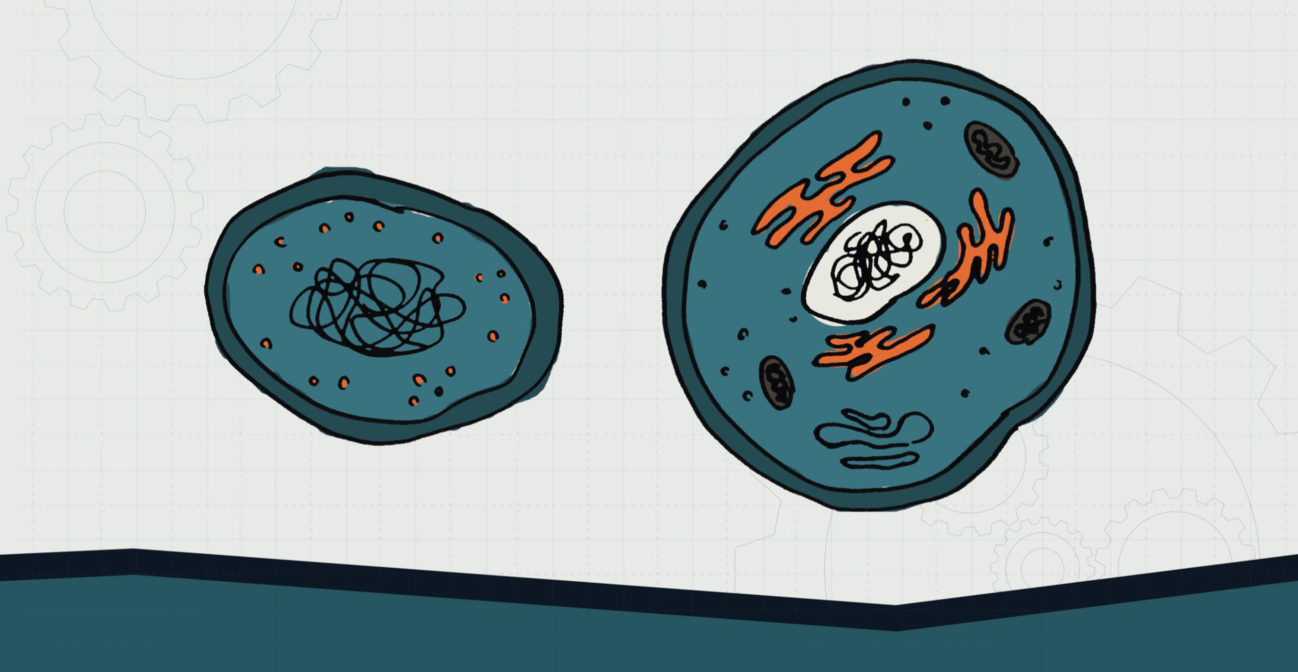Join us for conversations that inspire, recognize, and encourage innovation and best practices in the education profession.
Available on Apple Podcasts, Spotify, Google Podcasts, and more.

MIDDLE SCHOOL — LEVEL 3
Imagine plunging to microscopic levels and playing a game in the inside of a cell to learn organelles and basic cellular structure and function! This is the goal for our students – to construct a carnival themed game to teach others about cells. The design? Of course! It is the body system. The game and rules? Those are up to our students to creatively express their knowledge of cells’ structure and function.
MATERIALS NEEDED:
❏ Pen
❏ Paper
OBJECTIVE: Students will be able to develop a model of a cell and its parts to describe how it functions.
ESSENTIAL QUESTIONS:
NGSS CONNECTION:
MS-LS1-2. Develop and use a model to describe the function of a cell as a whole and ways the parts of cells contribute to the function.
COMMON CORE CONNECTION:
ELA/Literacy
SL.8.5 Integrate multimedia and visual displays into presentations to clarify information, strengthen claims and evidence, and add interest. (MS-LS1-2)
Mathematics
6.EE.C.9 Use variables to represent two quantities in a real-world problem that change in relationship to one another; write an equation to express one quantity, thought of as the dependent variable, in terms of the other quantity, thought of as the independent variable. Analyze the relationship between the dependent and independent variables using graphs and tables, and relate these to the equation. (MS-LS1-2)
DOK:
Level 3 – Strategic Thinking
Level 4 – Extended Thinking